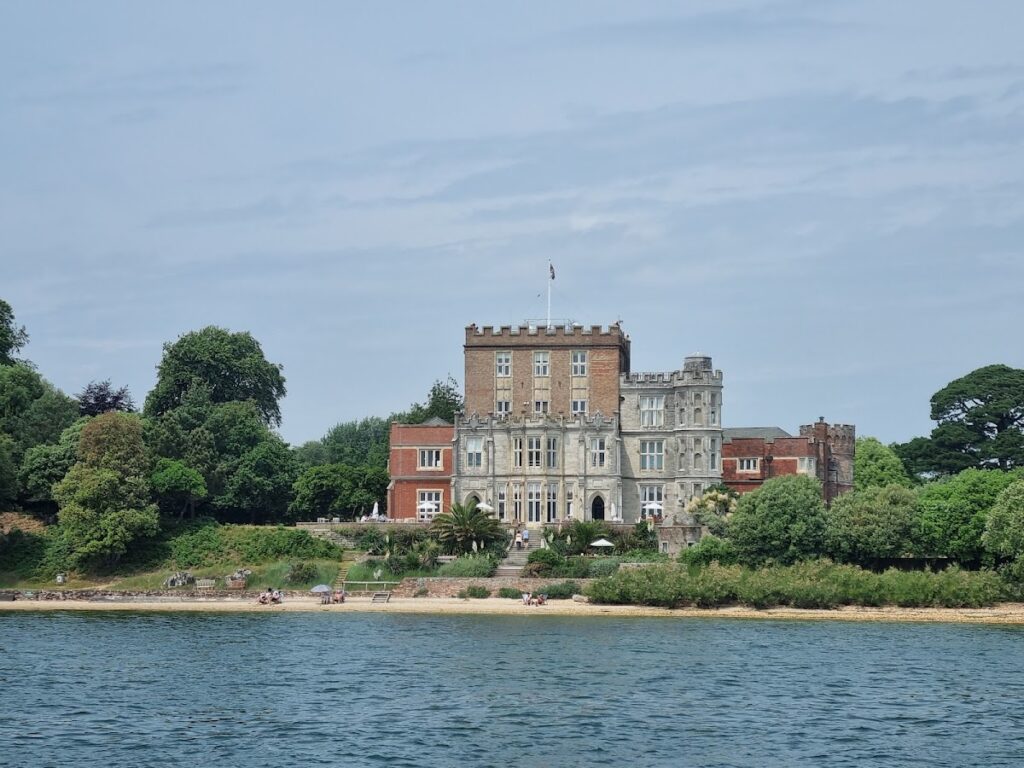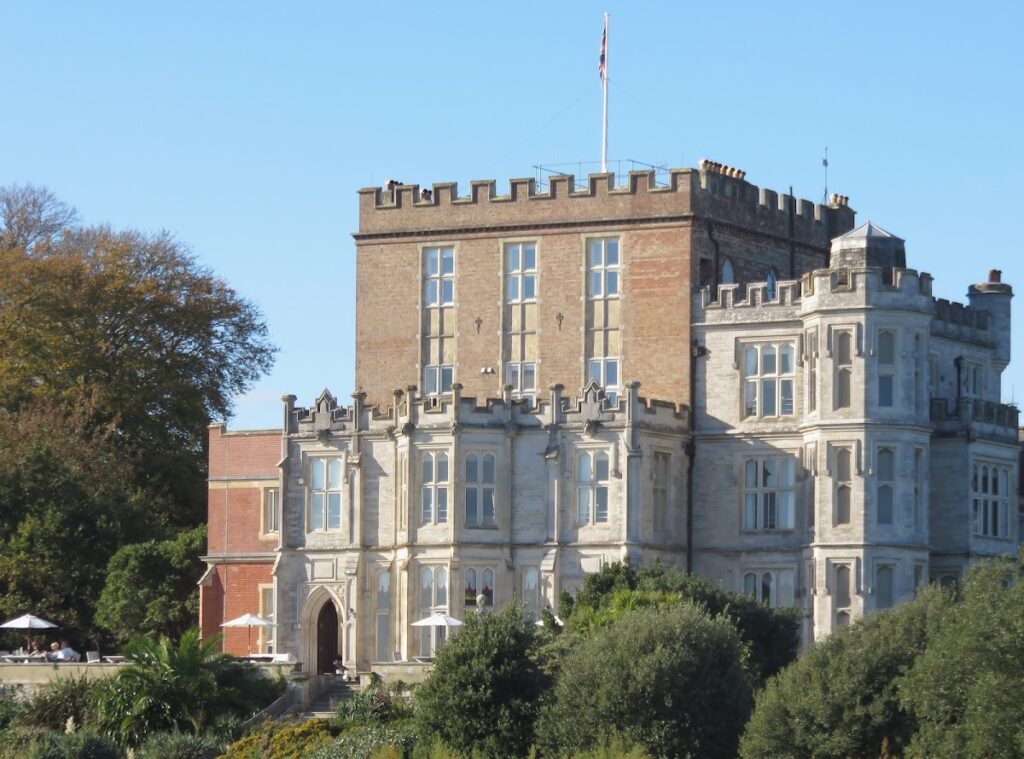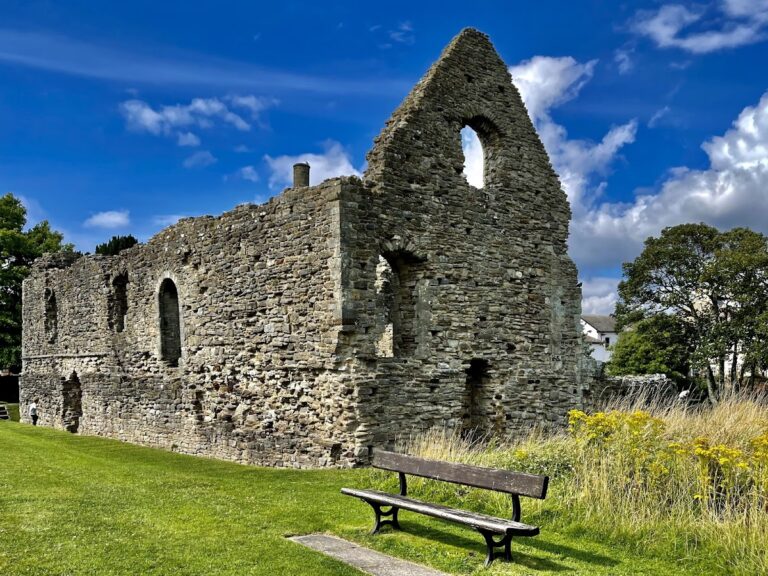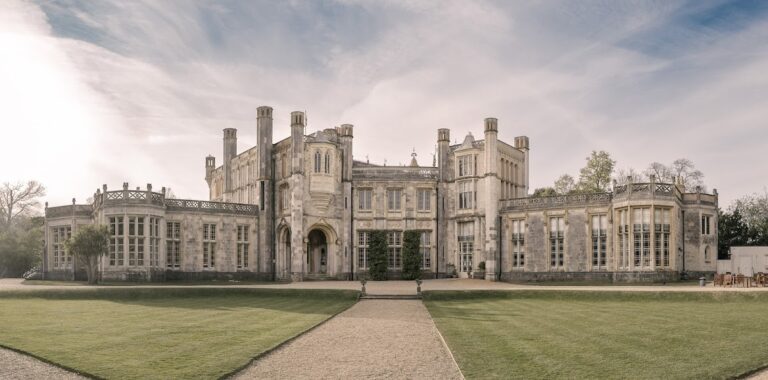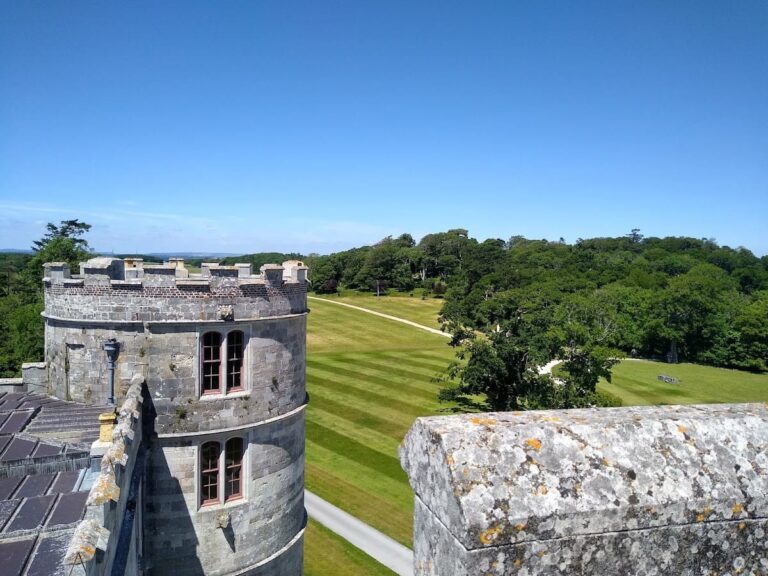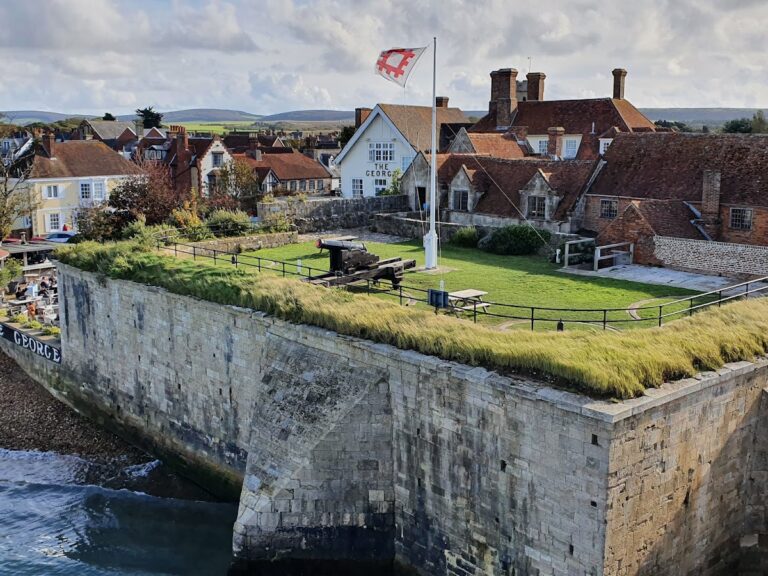Brownsea Castle: A Historic Coastal Fortress and Residence in England
Visitor Information
Google Rating: 4.8
Popularity: Low
Google Maps: View on Google Maps
Official Website: www.nationaltrust.org.uk
Country: United Kingdom
Civilization: Unclassified
Remains: Military
History
Brownsea Castle is situated on Brownsea Island near the town of Poole in England. The fortress was built in the mid-16th century by the English monarchy to guard the harbour against foreign threats.
Construction began between 1545 and 1547 under the order of King Henry VIII, amid rising tensions involving England, France, and the Holy Roman Empire. The castle formed part of a series of coastal defenses known as Device Forts, designed to prevent a French invasion. The site was crown property after being taken from Cerne Abbey during the Dissolution of the Monasteries in the earlier part of the 16th century. Initially, the castle housed a small garrison of six men from Poole and was armed with eight cannons to secure the harbour entrance.
Throughout the English Civil War in the 1640s, Brownsea Castle remained militarily relevant. By 1646, Parliamentary forces controlled the site with a garrison of around twenty soldiers. After this period, its military importance declined. By the late 1600s, Poole’s local authorities refused to keep a garrison at the castle, leading to a gradual abandonment of its defensive role.
In 1726, the castle entered a new phase when William Benson, an amateur architect, purchased the island. He transformed the former fortification into a private residence, a controversial move that included demolishing much of its external military defenses. Benson added a Great Hall, despite opposition from Poole’s officials who were wary of losing the castle’s security function. Later in the 18th century, Sir Humphrey Sturt further expanded the building into a Palladian-style tower, raising it to four stories and adding battlements. He also developed landscaped gardens and lakes on the island, investing heavily in making the castle a stately home.
The 19th century brought additional architectural changes. Colonel William Waugh added Jacobethan-style extensions, a crenellated gatehouse, a clocktower at the courtyard entrance, and a family pier by the sea. Despite these improvements, Waugh’s attempt to establish a pottery industry on Brownsea was unsuccessful. Ownership passed to various private individuals, including George Cavendish-Bentinck, who decorated the castle with Italian Renaissance sculptures, and Major Kenneth Robert Balfour, who oversaw restoration work after a fire in 1896 that gutted much of the interior.
In the early 20th century, stockbroker Charles van Raalte acquired the castle and maintained a lavish lifestyle there, assembling a large collection of antique musical instruments numbering approximately 250. Following his death, Mary Bonham-Christie purchased the property in 1927 but preferred to live elsewhere on the island, allowing the castle to fall into neglect.
After Bonham-Christie died in 1961, the castle was in poor repair, suffering structural damage and overgrowth. The National Trust took ownership of Brownsea Island and the castle in 1962. Soon after, the John Lewis Partnership leased the site and embarked on extensive restoration, converting the building into a corporate hotel for their employees and retirees. Today, Brownsea Castle is preserved as a Grade II listed building, reflecting its long and varied history.
Remains
Brownsea Castle originally appeared as a sturdy, square stone blockhouse built during the mid-16th century. Measuring about 44 feet (13 meters) across, it was designed as a one-storey structure subdivided into three internal rooms, with massive stone walls intended to support heavy artillery on the rooftop. A distinctive feature was its hexagonal gun platform, positioned on the seaward side to offer a broad field of fire over Poole Harbour.
The castle stood surrounded by a moat on three sides, enhancing its defensive capabilities. Access was provided by a 24-foot-long (7.3 meters) drawbridge on the southwest side, allowing controlled entry over the moat. Though originally intended as a two-storey building, only the lower story was completed. Defensive upgrades were added in 1585 with further stone walls built around the castle. Over time, countless tons of stone and wooden piles were employed to combat coastal erosion threatening the structure’s foundations.
In the 18th century, the castle underwent significant alterations that reflected its transition from fortress to residence. The original blockhouse became the core of an expanded four-storey Palladian-style tower. Three wings were added, extending from the 16th-century block to create additional living space. A walled courtyard was constructed nearby, featuring hot houses for growing delicate plants. These landscape modifications included ornamental gardens and lakes, which shaped the island’s appearance for centuries to come.
During the 19th century, Colonel William Waugh introduced notable additions in the Jacobethan style, which combined Elizabethan and Jacobean architectural elements. He built ranges of buildings on the castle’s south and east sides, along with a crenellated gatehouse marking the courtyard entrance. A clocktower also became a prominent feature at this entrance, while a family pier was established on the seaward side below the castle, linking it to the water.
The great fire of 1896 destroyed much of the castle’s interior, leading Major Kenneth Robert Balfour to commission architect Philip Brown for repairs. The reconstruction simplified many of the complex Victorian design elements, though some 19th-century interior features survived. These include wood paneling, decorative ceilings, and elaborately carved stone fireplaces imported from Venice, showcasing a blend of craftsmanship from different eras.
Among the surviving military elements are four cannons, thought to date from the 17th or early 18th century, which remain on the site as reminders of the castle’s defensive past. By the time of mid-20th-century restoration, the roof had partially collapsed and vegetation, including a tree, had grown through sections of the building.
Today, the castle and its grounds are carefully maintained by the National Trust, with ongoing restoration efforts managed by the John Lewis Partnership. The surrounding landscape still reflects earlier enhancements, featuring ornamental gardens, water features, and groves of fir trees, blending the heritage of military architecture with later residential and decorative developments.
